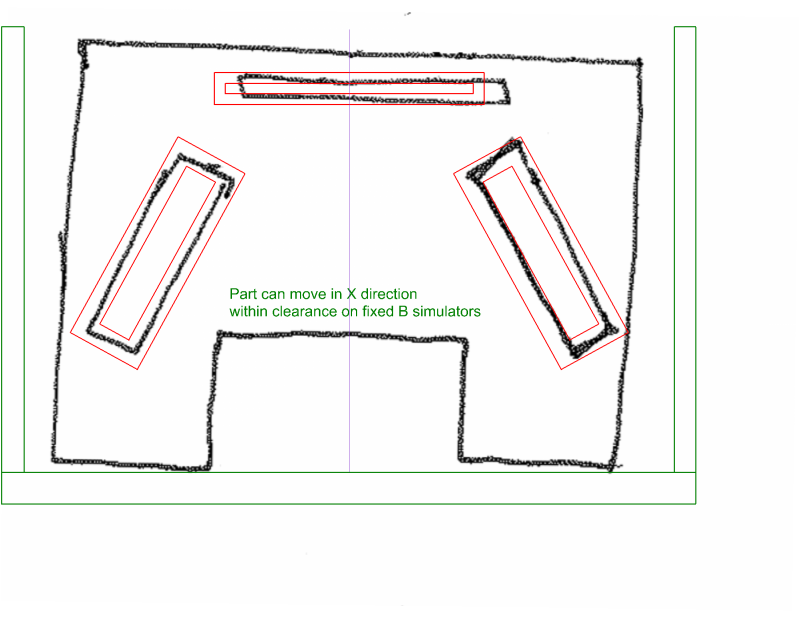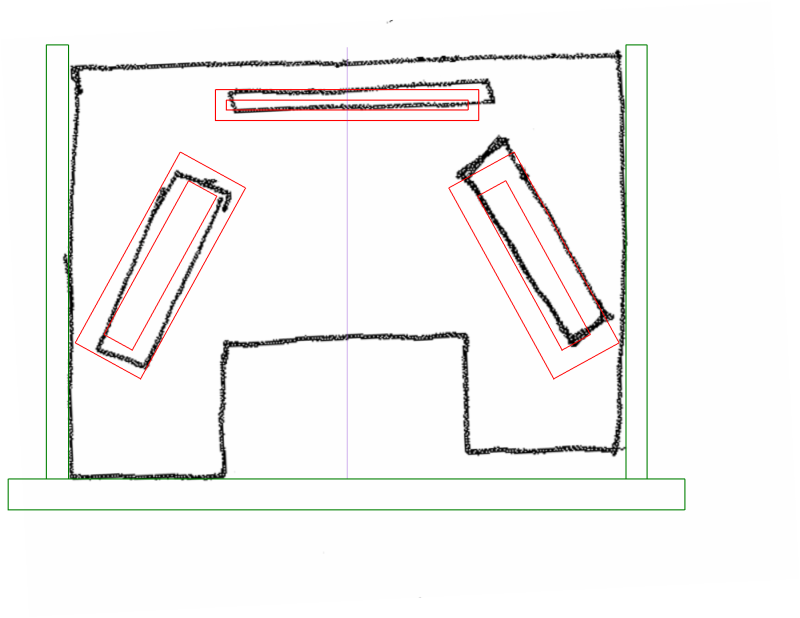cheezhed321
Mechanical
Hi,
I am pretty new to the applications of GDT. I have been reading books and such to learn at my new job, but one thing hard for me to comprehend has been how to use the MMB that follows a datum in a FCF when that datum is a plane or midplane. For example, attached is a more basic representation of a part I am working with (apologizes for the crudeness but hopefully it gets the point across). The slots have a profile tolerance associated with them that call them back to datum A, B and C; however, B has an MMB modifier associated with it. I am not sure how to apply this to the slots' tolerance. I understand that it does not give bonus tolerance to the .005 but I'm not sure where it comes into play especially when datum B is a mid plane. Does its size really change even when the width increases or decreases? And if so, how does it affect the slots? I guess it is some kind of shift but I'm just not sure how you would apply it.
please let me know if you require any more information.
Thanks.
I am pretty new to the applications of GDT. I have been reading books and such to learn at my new job, but one thing hard for me to comprehend has been how to use the MMB that follows a datum in a FCF when that datum is a plane or midplane. For example, attached is a more basic representation of a part I am working with (apologizes for the crudeness but hopefully it gets the point across). The slots have a profile tolerance associated with them that call them back to datum A, B and C; however, B has an MMB modifier associated with it. I am not sure how to apply this to the slots' tolerance. I understand that it does not give bonus tolerance to the .005 but I'm not sure where it comes into play especially when datum B is a mid plane. Does its size really change even when the width increases or decreases? And if so, how does it affect the slots? I guess it is some kind of shift but I'm just not sure how you would apply it.
please let me know if you require any more information.
Thanks.


